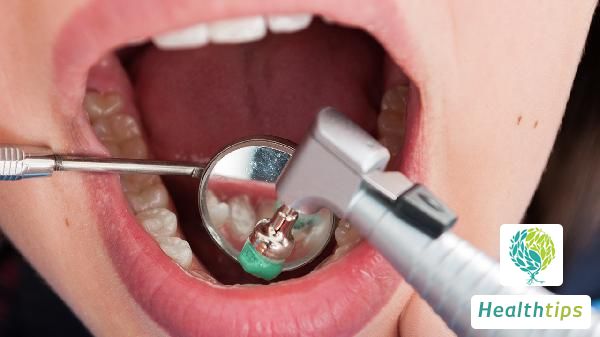Why Do Seizures Occur After Brain Hemorrhage and Craniotomy?
Possible Causes of Convulsions After Craniotomy for Cerebral Hemorrhage and Corresponding Treatments

Convulsions after craniotomy for cerebral hemorrhage can be attributed to psychological factors, intracranial infection, cerebral edema, epilepsy, or intracranial hemorrhage. If discomfort arises, it is recommended to seek medical attention promptly for diagnosis and treatment under the guidance of a professional physician. A detailed analysis of the possible causes follows:
1. Psychological Factors
Patients may experience excessive tension and psychological stress due to fear, anxiety, depression, or other psychological factors, leading to autonomic nervous system dysfunction and abnormal discharge of brain neurons, thereby triggering convulsions. Methods to alleviate psychological pressure include psychological counseling, guidance, and emotional support. Relaxation exercises such as walking, yoga, and tai chi can also be beneficial.
2. Intracranial Infection
Post-craniotomy, intracranial infections can trigger inflammatory reactions that stimulate brain tissue, causing abnormal discharge of brain neurons and subsequent convulsions. Medications such as isoniazid tablets, rifampicin capsules, and pyrazinamide tablets can be prescribed. For severe cases, surgical interventions like ventricular drainage and brain tissue biopsy may be necessary.
3. Cerebral Edema
Cerebral edema occurs when the brain tissue is damaged or inflamed, disrupting the balance of fluids inside and outside cells, causing cell swelling. This can increase intracranial pressure, compressing brain tissue and leading to convulsions. Medications like piracetam tablets, almitrine bismesylate and raubasine tablets, and furosemide tablets can be prescribed. Additionally, measures to elevate blood pressure and improve microcirculation can increase cerebral perfusion and reduce edema.
4. Epilepsy
Damage to brain tissue during craniotomy for cerebral hemorrhage can lead to abnormal neuronal discharge, triggering epilepsy with symptoms like convulsions. Medications like phenytoin sodium tablets, lamotrigine tablets, and carbamazepine tablets can be prescribed. For cases refractory to medication, surgical options such as epileptogenic focus resection, corpus callosotomy, and ventricular shunt may be considered.
5. Intracranial Hemorrhage
After intracranial hemorrhage, hematoma compression can damage surrounding brain tissue, causing physical damage that leads to abnormal neuronal discharge and convulsions. Medications like hemocoagulase for injection, glycine irrigant, and tranexamic acid for injection can be used. For patients with significant bleeding or severe conditions, surgical interventions like craniotomy to remove the hematoma, decompressive craniectomy, or interventional procedures may be required.
It's also worth noting that cerebral infarction can also lead to convulsions after craniotomy for cerebral hemorrhage. Patients should maintain good lifestyle habits and a positive mindset during treatment, engage in appropriate physical exercise, ensure balanced nutrition intake, and strengthen their immune system to facilitate recovery.



















